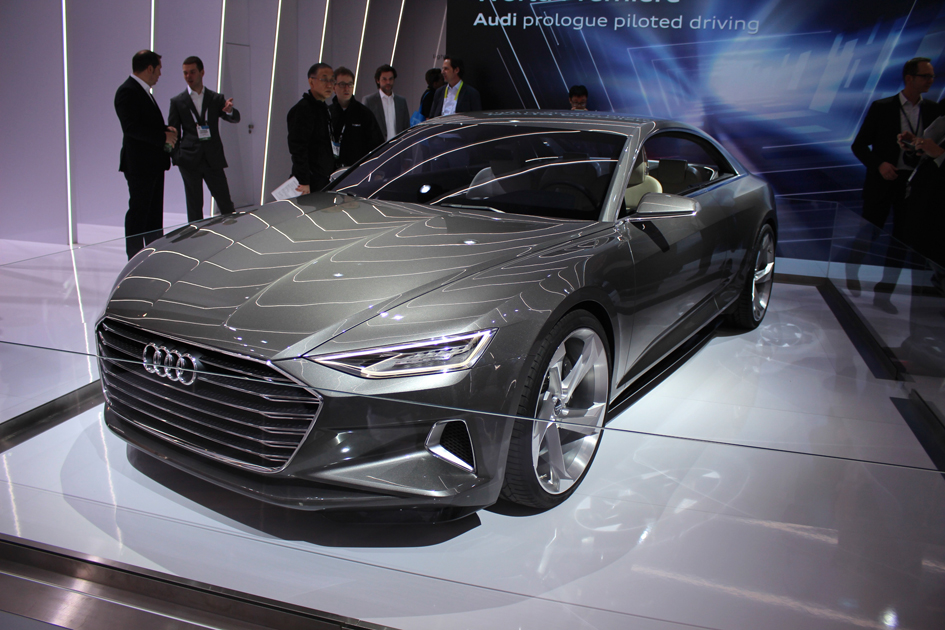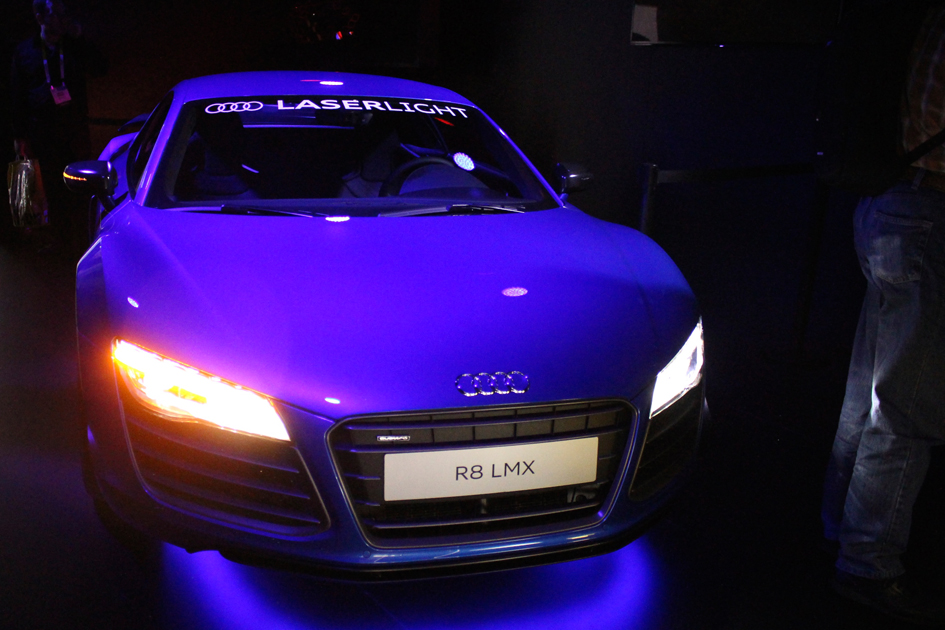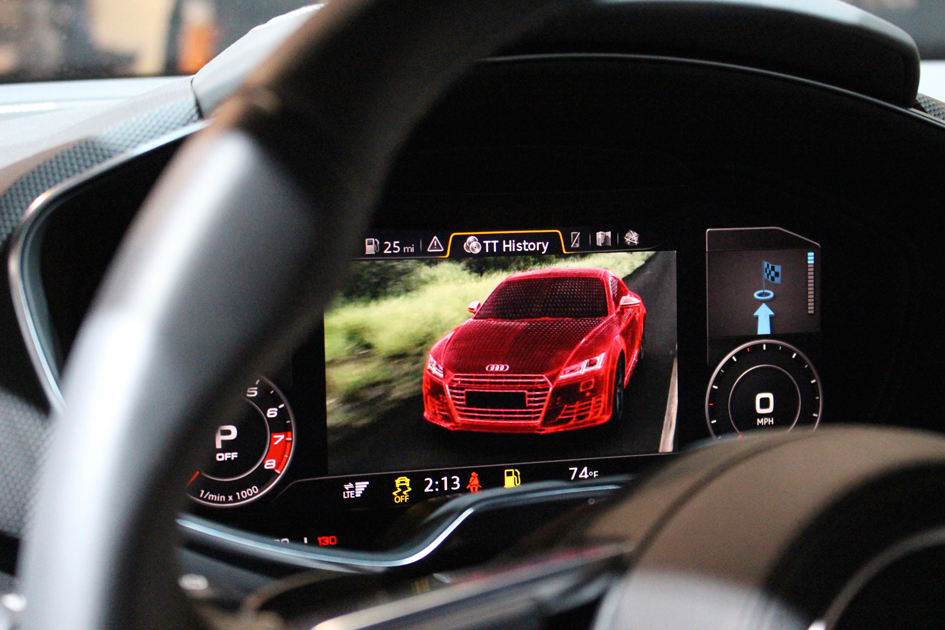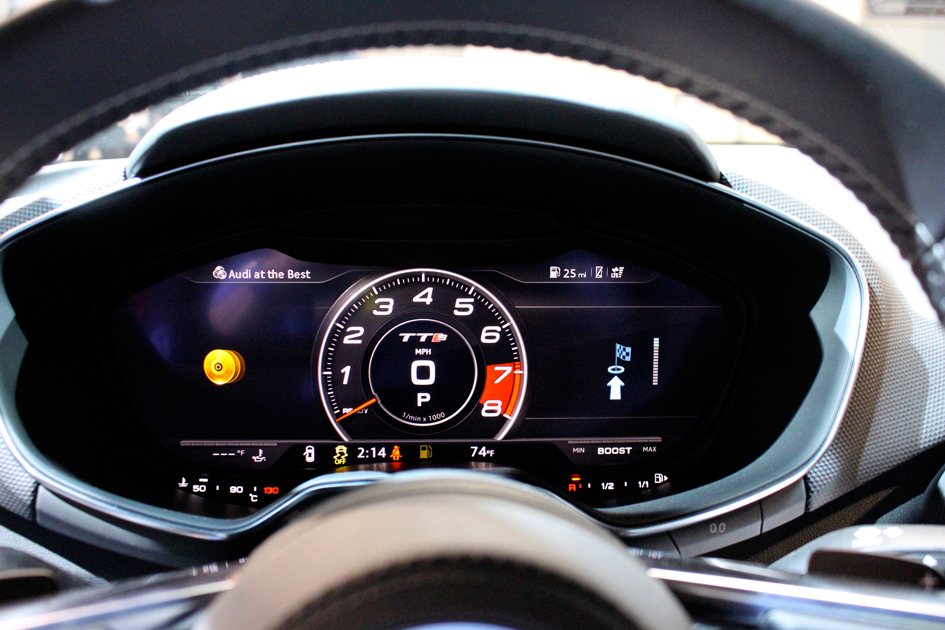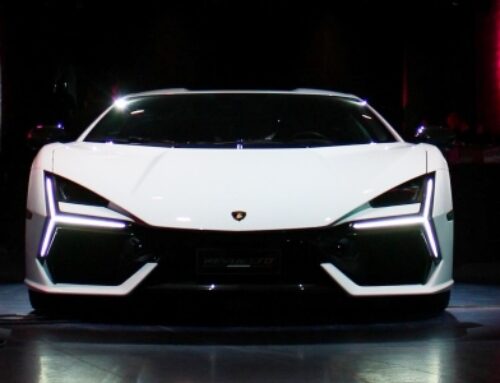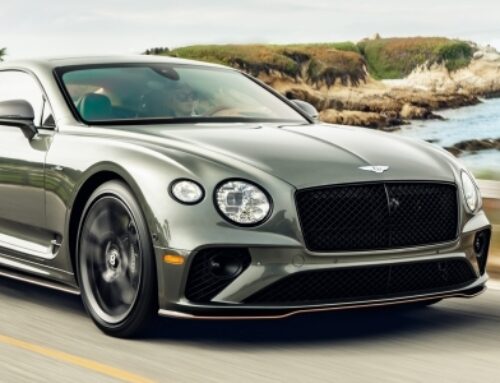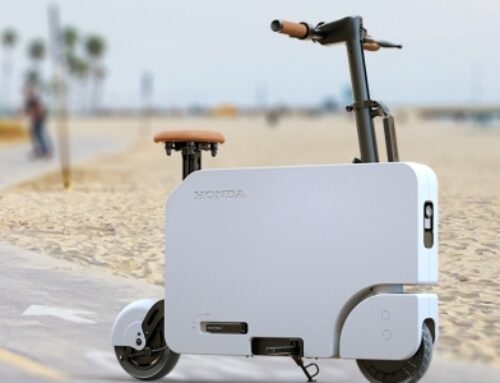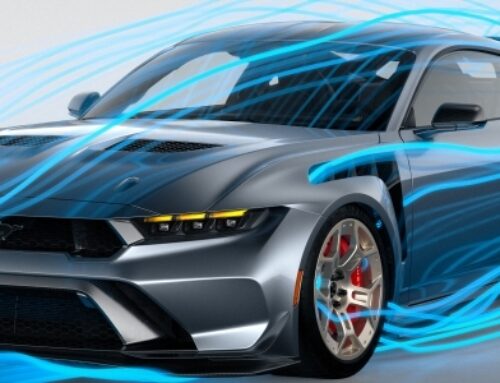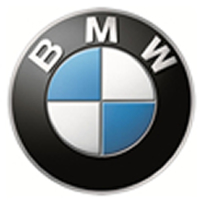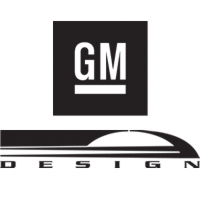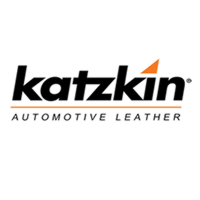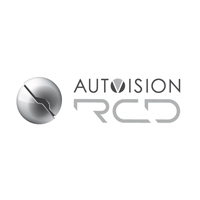January 06, 2015 | Las Vegas, NV —
Even today, many customers view their car as more than just a vehicle it is a mobile device”. Audi
drives forward networking of its models both inside and outside the car. At CES, Audi presents a
wide range of innovations in the technology fields of controls and displays, infotainment,
connectivity and lighting technology, in driver assistance systems and in piloted driving.
Audis new hardware and software solutions are flexible and intelligent, and they provide added
operating comfort. Take the new AudiTT* and the new AudiQ7*: here, all the driver needs to do is
to issue the voice command take me to the nearest Italian restaurant and the navigation system
immediately will display the corresponding route. This big SUVs new allintouchMMI will let the
driver scroll and zoom as on a smartphone. Every entry will trigger a haptic feedback.
Audiconnect, a rich portfolio of networked applications, also offers new solutions. In the new
AudiQ7, the driver can use a smartphone to link up with the software environment of AppleCarPlay
and AndroidAuto. The system also provides the driver with access to Napsters and Aupeo!s music
worlds and to online updates of navigational maps. A virtualcockpit shows all of the cars displays
in the AudiTT (standard) and the AudiQ7 (optional). This fascinating digital instrument combination
boasts elaborate 3Dgraphics and animations as well as great scope for customization.
Driver assistance systems is another area where Audi opens a new chapter in the new AudiQ7.
Solutions such as the Predictive Efficiency Assistant and adaptive cruise control including
congestion assistant point the way towards upcoming piloted driving technology. The brand
recently showed how much emotional appeal this can have when the driverless Audi
RS7piloteddrivingconcept raced around Hockenheim speedway, a GrandPrix circuit in Germany,
at a top speed of 240km/h (149.1mph) making it the sportiest piloted car in the world.
To mark 2015 CES, an Audi A7piloteddrivingconcept will motor from Stanford in SiliconValley to
LasVegas. The cars zFAS driver assistance controller will upload data collected during the journey
to the Cloud where it will be processed, then transmitted back to the car, enabling the car to
permanently expand its data repository and making it an intelligent and adaptive vehicle.
Four spectacular cars round off Audis presence in LasVegas. They are the standard TTRoadster,
RS7Sportback* and R8LMX as well as the Audi prologuepiloteddriving showcar, which was
purpose-built for CES.
Summary
Audi at 2015 CES
Nextchapter is the motto for Audis presence at the Consumer Electronics Show (CES),
which will be held in LasVegas, Nevada, from January6th through 9th, 2015. At this most
important electronics fair in the world, Audi, the brand with the fourrings, will present its
available technology and its projects for tomorrow.
Audis CES presence is centered on the cars communication with its surroundings. Focus
topics include piloted driving, new Audi connect solutions, new infotainment modules,
control and display concepts and new developments in lighting technology. Among the
highlights of Audis CES presence are the hybrid-powered Audi prologue piloted driving
showcar and the interior model of the new AudiQ7, itself debuting at the Detroit auto show
Digitalization and networking in all areas are the megatrends of the present, says
Prof.Dr.UlrichHackenberg, board member for technical development at AUDIAG. The car is
becoming a mobile device on four wheels. Connectivity is the key to the future and a crucial area
of our development work. We have continually pioneered the use of electronic technologies for
years now.
Extremely convenient: driver assistance system and piloted driving
Driver assistance systems make driving more pleasant, safer and more efficient. They are
available in almost all of Audis model lines. Debuting in the AudiQ7, to be launched in 2015, are
groundbreaking solutions such as the Predictive Efficiency Assistant, the Trailer Assistant and
adaptive cruise control including a congestion assistant.
For the companys next big step, Audi will introduce its new technologies for piloted driving before
the end of this decade. These can take over driving in certain situations if the driver wishes them
to do so. Audi has been performing pioneering work in this area for years and shown how thrilling
piloted driving can be. In October2014, the Audi RS7piloteddrivingconcept lapped the Grand Prix
circuit at Hockenheim at speeds up to 240km/h (149.1mph) with no driver on board, making it the
sportiest piloted driving car in the world.
Audi has presented its solutions for piloted driving and driving in congested areas at CES in
previous years. Now, in time for 2015 CES, the brand sets another milestone with the Audi
A7piloteddrivingconcept featuring a wide range of standard and close-to-standard sensors, which
will drive from Stanford in SiliconValley via Bakersfield to LasVegas.
Contributing to Audis edge in piloted driving is the central driver assistance controller (zFAS),
which processes information gathered by the sensors to create a detailed impression of the cars
surroundings. Audiconnects superfast online connection will route this data to a Cloudbased IT
backend. There, the data will be processed using machine learning algorithms and artificial
intelligence before it is transmitted back to the car. The car thus continually expands its
intelligence as it drives, ceaselessly improving its performance in complex situations. At the same
time, other users of this technology can also benefit from this accumulation of information.
Farsighted: Audis lighting innovations
Audi has been a leader in automobile lighting technology for years. Groundbreaking innovations
available in several current model lines include matrix LED headlights for intelligent and flexible
illumination of the road surface as well as dynamic turning signals.
Another world first is the laser highbeam available in Audis high-end R8LMX edition model. Its
range is more than 500 feet. At CES, Audi will introduce Audi Matrix laser technology as the next
step, a laser light providing high-resolution and finely tuned illumination of the roadway ahead.
Another innovation is construction area lighting. This projects two markedly bright light strips onto
the road, thus visualizing the cars width.
Attractive and intuitive: controls and displays in the TT and the Q7
Clear and intuitive operation has always been a strength of Audi. At CES, the brand will show the
most recent advances in control and display technology as available in the new AudiTT and the
upcoming AudiQ7.
One highlight is the Audi virtual cockpit. This fullydigital combined instrument provides the driver
with minutely rendered, brilliant 3Dgraphics of all information and offers different display modes to
choose from on its 12.3inch TFTmonitor. Audi virtualcockpit is powered by the T30graphics
processor made by Audis cooperation partner NVDIA.
Audi will also present innovations in control technology The TT and the new Q7 will feature
MMIterminals with an all-new interface logic. This will emulate the concept of modern
smartphones, where flat hierarchies replace sprawling menu trees.
Four elements: the traditional push-turn knob, the multifunction steering wheel, natural voice
operation accommodating everyday speech, and a touchpad accepting signs and multi-finger
gestures, are available to control the systems numerous functions, which include telephone, radio,
media and navigation. In the AudiTT, the MMI allintouchs interface is on the knob, while in the
AudiQ7, it is a separate surface. The system provides haptic feedback after every entry.
All-round networking: Audi connect
The term Audiconnect covers all applications and developments networking the car with its owner,
the Internet, public infrastructure and other automobiles. This is another field of technology where
Audi continually expands its lead.
A central hardware element, the Audi connect module, connects the car with the internet via LTE,
the fastest available transmission standard. The cars passengers can connect their mobile devices
to a WLANhotspot, which also provides the driver with customized online in-car services from the
Audi connect portfolio. One of the innovations in this area is Online Media Streaming, which offers
access to Napster and Aupeo! music services, and online updating of the navigational map.
Additional services will be available in the new AudiQ7, among them the Audi smartphone
interface. Depending on whether a customer connects an iOS or an Android device, the interface
will call up the AppleCarPlay or AndroidAuto platform onto the cars MMImonitor. At the core of the
offering is an enormous selection of music titles. In addition, both platforms provide navigation and
messaging functions and appointment reminders.
Future cartoX technologies are another key element of Audiconnect. These will enable Audi
models to interact with traffic lights in a city to navigate traffic faster and more efficiently. Another
solution will permit cashless payment in a parking garage or at a kerbside meter, a third one will
identify speed limits and spot dangers and also relay the corresponding information to other cars.
Another innovation presented by Audi at CES is the Audi mobile key. Here, a smartphone or a
smartwatch provides access to the vehicle, making them highly flexible complements to existing
keys. The mobile key uses Near Field Communication (NFC), which is available even when the
mobile devices battery is empty.
Powered by NVIDIA: infotainment
At CES, Audi will be showing attractive innovations in infotainment. One of these can be seen in
the Audi phone box in the new Q7, which permits easy pairing of a smartphone. It can now
inductively charge compatible phones under the Qi standard.
Another first is 3Dsound. In the new AudiQ7, the premium sound systems from Bose and
Bang&Olufsen integrate additional speakers which open up height as a spatial dimension. A
sophisticated algorithm extracts information for the third dimension from conventional stereo or 5.1
recordings and processes it for reproduction via the speaker array.
Audi to set new standards in infotainment with its Modular Infotainment Matrix and its technology
network. The brands revolutionary approach involving a modularized electronic architecture brings
Audis development cycles closer to those in the fast-paced consumer electronics business.
2012 saw the debut of the Modular Infotainment Matrix (MIB) with an NVIDIAT20 chip as its heart
in the AudiA3*. A mere one-and-a-half years later, the MIBs second stage has been deployed in
the AudiTT and in the new AudiA6* and A7Sportback*. Again, an NVIDIA processor plays a key
role. The T30 is a quad-core chip running a 3Dgraphic program from specialist software
manufacturer. Rightward to render brilliant graphics on two displays simultaneously. Thanks to the
matrix modular structure, Audi can keep it continuously up-to-date and quickly integrate attractive
innovations from consumer electronics.
Another chip from NVIDIA, the Tegra4, powers the Audi tablet debuting in the new Q7. With an
active 10.1inch display, the Audi tablets will provide mobile rear-seat entertainment. In the car, the
tablet will connect itself to the on-board infotainment and navigation system via WLAN. What is
special about the Audi tablet is that it has been expressly designed for use in the car. This means
it is both high-class and robust. Of course, it can also be used on a WLAN outside the car.
Audi as driving force: electronic architecture
To expand its lead in hardware, Audi set up the Progressive Semi Conductor Program (PSCP) in
late 2010. Under the program, Audi directly involves not just its system suppliers but also
semiconductor makers. It is a key factor for future innovations.
As in hardware, so Audi develops solutions of its own in software a task falling mainly to
e.solutionsGmbH, a subsidiary.
In vehicle electrics, Audi has developed a new, scalable architecture, the 48volt onboard partial
network. It will soon complement conventional 12volt networks and permit deployment of new
high-performance electric components. These will include an electric compressor as a
supplementary turbocharger or an extra-strong generator capable of recuperating a higher amount
of kinetic energy and, when used as a motor, transforming the cars powertrain into an efficient
mild hybrid.
Future power: electromobility charging without a cable
Under the name etron, Audi resolutely advances the electrification of the powertrain. One of many
aspects in this is contactless charging of all- or part-electric etron models. Audi is putting great
effort into induction-based supply of energy, known as Audi wirelesscharging (AWC).
The brand has developed a power matrix offering numerous options so as to provide each
customer with a solution filling his or her precise needs. Approaches range from a 48volt onboard
network to plug-in hybrid powertrains. These marry the advantages of a combustion engine with
those of electric traction, providing the customer with long range, power and efficiency all at the
same time.
The launch of the A3Sportbacketron* in 2014 was Audis successful entrance into pluginhybrid
technology. This will now be swiftly rolled out across the model range, with the medium and top
segment next in line. A new etron model is set for introduction every year. At the same time, Audi
is working on purely-electric vehicles with high-capacity batteries and powerful motors requiring no
compromises in terms of range and usability.
A look into the future: Audi models at CES
Four spectacular cars round off Audis presence in LasVegas. They are the TTRoadster,
RS7Sportback and R8LMX production models as well as the Audi prologuepiloted driving showcar
which was purpose-built for CES.
The showcar expresses progressive technology in its entire character. Its brightly lit interior fuses
the cars architecture with the display and control concept to create a novel unit. The entire front of
the instrument is executed as a three-part touch display. Add to this an innovative, ultrathin and
flexible OLED (organic light-emitting diode) display.
The showcars hybrid powertrain has a muscular 4.0TFSI working together with a powerful emotor.
System power output of 505kW (677hp) and a combined torque of both engines of 950Nm (
700.7lbft) enable the Audi prologue piloted driving to accelerate from 0 to 100km/h (62.1mph) in
3.5seconds. Its CO2 emissions are 185g/km (297.7g/mi).


